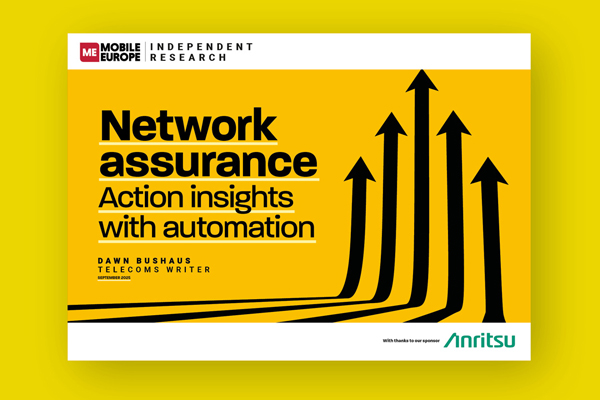T-Mo, Orange, Telia-S call for devices; Cosmote says LTE at 1800MHz outperforms 2.6GHz
The wireless industry is facing fragmentation of LTE spectrum bands, with operators deploying in many different bands from 700MHz up to 2.6GHz in the near future. A recent piece of research from InformaTM, for example, found that the industry will centre around eight bands.
One of those, 1800MHz, seems to be attracting a growing amount of attention, especially from operators looking for a compromise between the coverage potential of 800Mhz and capacity of 2.6GHz.
Speaking at LTE World Summit in Amsterdam, Timo Sippola, Head of Radio Network Planning at Elisa, clearly had coverage more than capacity on his mind: 800Mhz was the best spectrum, he said, followed by 1800MHz. Sippola said that 2.6GHz is too expensive because it requires all the additional costs of new antenna lines, a new topology and more sites, all of which made LTE deployment at that frequency band “much more expensive”.
Bart Weijermars, MD of Deutsche Telekom Netherlands, announced an initiative between DT, Orange, Telia Sonera and the GSMA to pressure device manufacturers to speed up their development of 1800 LTE devices.
Weijermars said that refarming 1800MHz spectrum would be “more attractive” than waiting around for auctions in the 2.6GHz and 800Mhz bands. But in order to deploy efficiently, the operators need devices, he added, hence the pressure the three operators and the GSMA are hoping to bring to bear to “really start the for rapid development of devices in the 1800 band”.
Tommy Ljunggren, VP of System Development, Telia Sonera, said that the operator hoped to use 1800 spectrum where it was available. “I really think that 1800 is the most promising band for a combination of coverage and capacity,” he said. “We have momentum around 800MHz but we need the same momentum for 1800,” he said.
Ljunggren said he would be following a three-band model for LTE, at 800MHz, 1800MHz and 2.6GHz. Device makers should be providing RF support for all these bands, he said, so that Telia Sonera’s users could roam across the operator’s Nordic and Baltic properties without losing LTE service.
Ying Weimin, President of Huwaei’s LTE Networks division, also added his voice to 1800 chorus, saying that 1800MHz was shaping up to be “the most promising candidate for LTE”.
But the biggest vote in favour of LTE at 1800MHz came from Cosmote’s Principal Engineer for Access Networks, Konstantinos Chalkiotis. Chalkiotis said that in side-by-side trials of LTE1800 and LTE2.6GHz, it was services at the lower frequency that had given the best service – typically a 3-4dB gain. Measured throughput of LTE1800 had been 20Mbps better on average than at 2.6GHz, he said. Using 10Mhz bandwidth and Category 5 devices, Cosmote and Huawei got a rate of 70Mbps at 1800MHz compared to 50Mbps at 2.6GHz.
(Additionally, using extended cell technology, Cosmote provided 20Mbps service to a test device positioned 102km away from the eNodeB. The base station was on a hillside, the beam thrown across the sea.)
Konstantinos said that 1800MHz networks needed to be cleared of much of their 2G traffic, with that traffic being ported to 900Mhz (where available). Interference between LTE and GSM traffic at the 1800 band is avoided by conforming to the specified 200kHz guardbands, he said. And by positioning LTE within the middle of the available spectrum band, operators could also avoid LTE-on-LTE interference, he said.
Sharam Niri, NEC’s Director of Global LTE/SAE Strategy & Solution at NEC, agreed that LTE1800 makes a certain sense for operators, especially ones keen to provide a mainly macro level of coverage.
“Now operators have done their trials for LTE at 2.6Ghz they have realised that for macro networks, this is not a good frequency. 800MHz is too low capacity so something in between makes common sense. It’s a compromise solution, but how fast it will be adopted and how many operators have it [the frequency] I’m not so sure about.”



